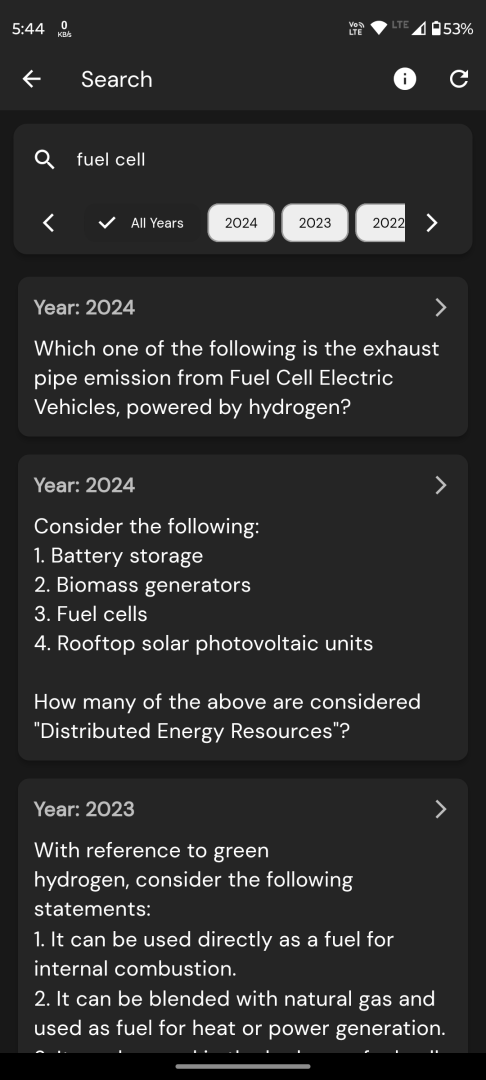Q. Consider the following:
1. Carbon dioxide 2. Oxides of Nitrogen 3. Oxides of Sulphur.
Which of the above is/are the emission/emissions from coal combustion at thermal power plants?
a) 1 only
b) 2 and 3 only
c) 1 and 3 only
d) 1, 2 and 3
Question from Odisha OCS Paper 1 2024
The correct answer is: d) 1, 2 and 3.
Explanation:
Coal combustion at thermal power plants releases several pollutants into the atmosphere. These include:
1. Carbon dioxide (CO2): Coal is a carbon-rich fuel, and when it burns, it releases a significant amount of carbon dioxide, a greenhouse gas that contributes to global warming.
2. Oxides of Nitrogen (NOx): During coal combustion, the high temperatures cause nitrogen in the air to react with oxygen, forming oxides of nitrogen. These are harmful pollutants that contribute to smog and acid rain.
3. Oxides of Sulphur (SOx): Coal often contains sulfur as an impurity. When coal is burned, the sulfur reacts with oxygen to form oxides of sulfur, such as sulfur dioxide (SO2). These are major contributors to acid rain and air pollution.
Since all three (carbon dioxide, oxides of nitrogen, and oxides of sulfur) are emissions from coal combustion at thermal power plants, the correct answer is d) 1, 2 and 3.





